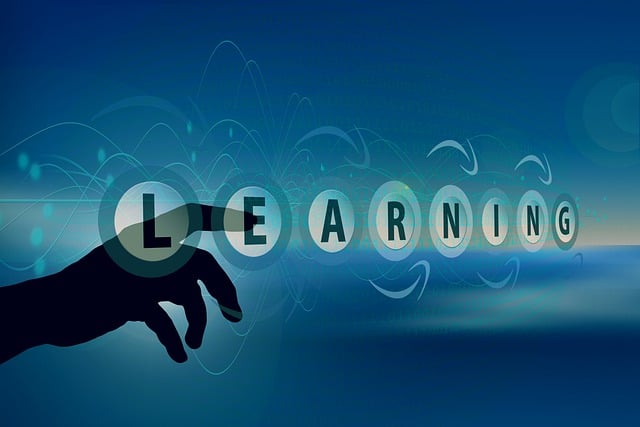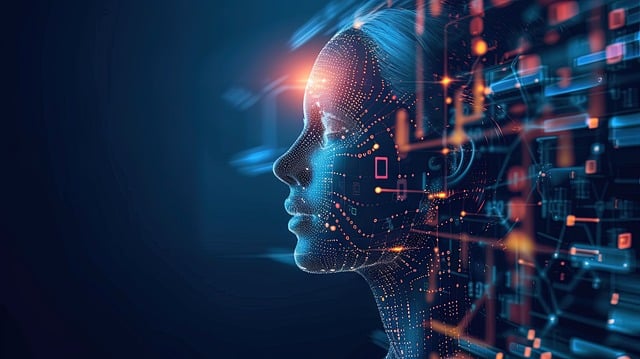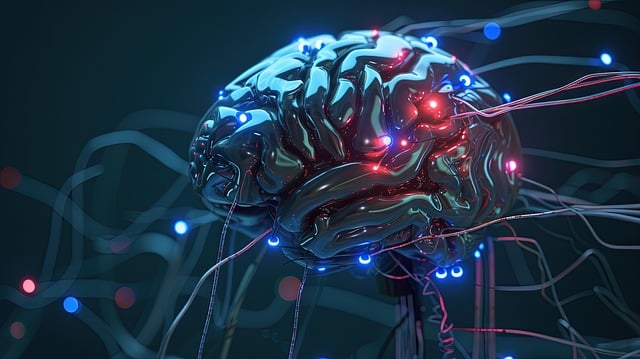Reinforcement learning, a fascinating branch of machine learning, enables machines to learn from actions by interacting with their environment, receiving feedback in the form of rewards or penalties, and optimizing their decision-making over time. Concepts like Markov decision processes, Q-learning, and policy optimization form the backbone of this approach. Deep reinforcement learning, an advanced form, combines reinforcement learning with deep learning to tackle complex tasks such as robotics, game playing, and more. In this blog, we’ll explore reinforcement learning basics, its applications, algorithms, and challenges, as well as real-world use cases that illustrate how AI leverages this technique for impactful results.
Understanding Reinforcement Learning Basics
Reinforcement learning is a goal-oriented approach where agents learn to make decisions by performing actions and evaluating the outcomes. Unlike supervised learning, which relies on labeled datasets, reinforcement learning works on trial and error, making it suitable for dynamic and uncertain environments.
Key components of reinforcement learning include:
Markov Decision Processes
Markov decision processes (MDPs) provide a mathematical framework for modeling decision-making in reinforcement learning. An MDP consists of states, actions, and rewards, guiding agents in understanding the consequences of their actions.
For instance, in a maze-solving problem, the states represent the agent’s positions, actions are moves (up, down, left, right), and rewards are granted upon reaching the exit. This structure ensures the agent learns an optimal policy for navigating the maze.
Exploration vs. Exploitation
Agents face a dilemma: explore new actions to discover better rewards or exploit known actions for guaranteed rewards. This balance is critical in reinforcement learning.
For example, consider a robot trying to navigate an unknown terrain. If it constantly explores, it might waste resources; if it only exploits, it might miss better paths. Techniques like epsilon-greedy algorithms help maintain this balance.
Applications of Reinforcement Learning
Reinforcement learning has numerous applications, ranging from robotics to personalized recommendations. Here’s a closer look at its impact:
Robotics
In robotics, reinforcement learning helps machines adapt to dynamic environments. Robots learn motor control, object manipulation, and even human-like interactions through trial-and-error-based learning.
Consider autonomous drones: reinforcement learning enables them to navigate obstacles, optimize flight paths, and safely deliver packages. By simulating scenarios, drones refine their actions without real-world risks.
Game Playing
Reinforcement learning has revolutionized gaming AI. Systems like AlphaGo and OpenAI Five use deep reinforcement learning to outperform human players in games like Go and Dota 2.
These systems learn strategies by playing millions of games, refining their decision-making processes, and mastering complex rules. Such advancements demonstrate reinforcement learning’s potential for solving intricate problems.
Challenges in Reinforcement Learning
Despite its promise, reinforcement learning faces challenges that researchers strive to overcome.
Data Efficiency
Reinforcement learning often requires vast amounts of data for training. Simulating environments helps, but real-world applications like healthcare or autonomous driving demand efficient learning from limited data.
For example, training a self-driving car in simulation is practical, but translating that learning to unpredictable road scenarios is a challenge researchers are addressing with transfer learning and domain adaptation.
Computational Complexity
Complex tasks involve high-dimensional action spaces, making computation-intensive. Algorithms like Deep Q-Networks (DQN) require substantial computational resources, posing challenges for scalability.
Developing lightweight, scalable algorithms remains a key focus to enable real-time applications on resource-constrained devices.
Conclusion
Reinforcement learning stands out as a transformative approach in machine learning, empowering AI to learn from actions and optimize decisions. With applications ranging from robotics and gaming to personalized recommendations, its impact spans industries. However, challenges like data efficiency and computational complexity underline the need for ongoing research. By addressing these hurdles, reinforcement learning promises to drive advancements in AI, enabling smarter, more adaptive systems for a dynamic future.






